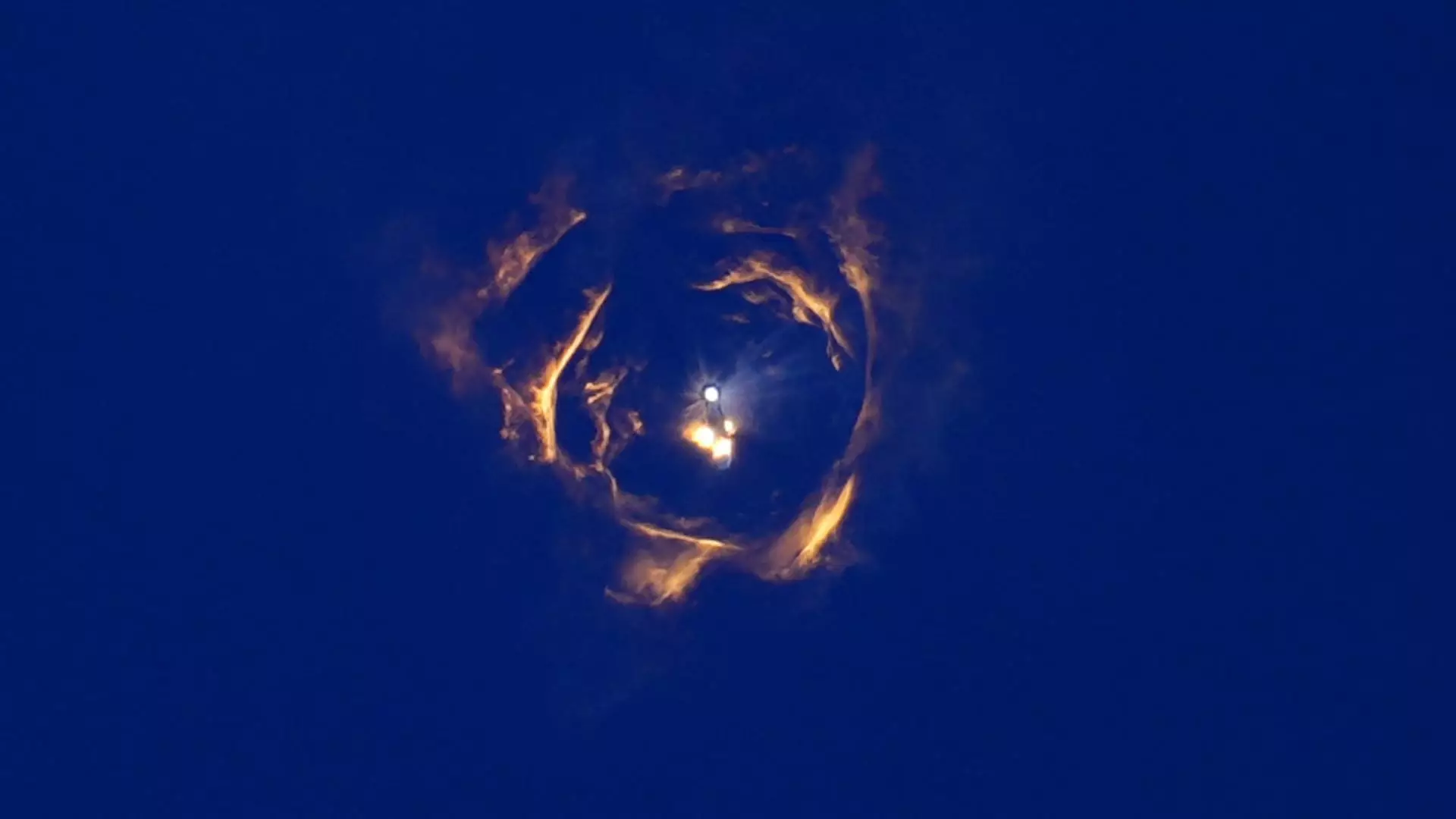On Thursday, a significant event occurred during SpaceX’s seventh test flight of its Starship rocket which led to a ripple effect across commercial aviation. Shortly after its launch from a facility in Brownsville, Texas, at approximately 5:30 p.m. ET, the rocket experienced a catastrophic breakup. This incident prompted the Federal Aviation Administration (FAA) to issue immediate warnings to pilots about a hazardous area due to the falling debris from the experimental launch, resulting in a series of diversions and delays for commercial flights operating in the vicinity.
Flight Disruptions and Safety Protocols
According to data from flight-tracking service Flightradar24, dozens of flights were impacted. The FAA’s response was swift; they enacted measures to “slow and divert aircraft” that were at risk of encountering debris. While the agency confirmed no reports of injuries or property damage related to the incident, the necessity for such precautions highlights the ongoing challenges of integrating commercial air traffic with aerospace testing activities. The accident serves as a reminder of the delicate balance that must be maintained to ensure the safety of both air travelers and space exploration initiatives.
Among the affected airlines, a JetBlue Airways flight that was en route from Fort Lauderdale, Florida, to San Juan, Puerto Rico, had to make the difficult decision to return to Fort Lauderdale nearly two hours after takeoff. Other flights reported similar reroutes in areas close to the Turks and Caicos Islands, illustrating how far-reaching the consequences of the Starship’s breakup were. The complexities of aviation logistics were evident, as Spirit Airlines and FedEx cargo jets also altered their courses to steer clear of the hazardous airspace. Despite the disruptions, detailed commentary from the airlines was notably sparse, which raises questions about communication strategies in such unexpected scenarios.
The incident underscores a burgeoning concern in the realm of commercial aviation: the increasing competition for airspace between airlines and aerospace companies. As more private entities like SpaceX push forward with ambitious space exploration programs, strict protocols and measures must be enforced to mitigate risks to commercial aviation. Airlines find themselves not only managing their flight schedules amidst external disruptions but also anticipating future conflicts in airspace usage as aerospace testing becomes more frequent and complex.
Ultimately, the events stemming from SpaceX’s recent test serve as both a cautionary tale and a call to action for the aerospace industry. It is crucial for regulatory bodies, commercial airlines, and aerospace companies to collaborate more closely than ever to prevent similar incidents. As technological advancements continue to blur the lines between aviation and space travel, developing robust safety systems and communication frameworks will be vital. Both sectors must prioritize safety and efficiency, ensuring that as humanity inches closer to a future of routine space travel, the skies remain safe for all.

